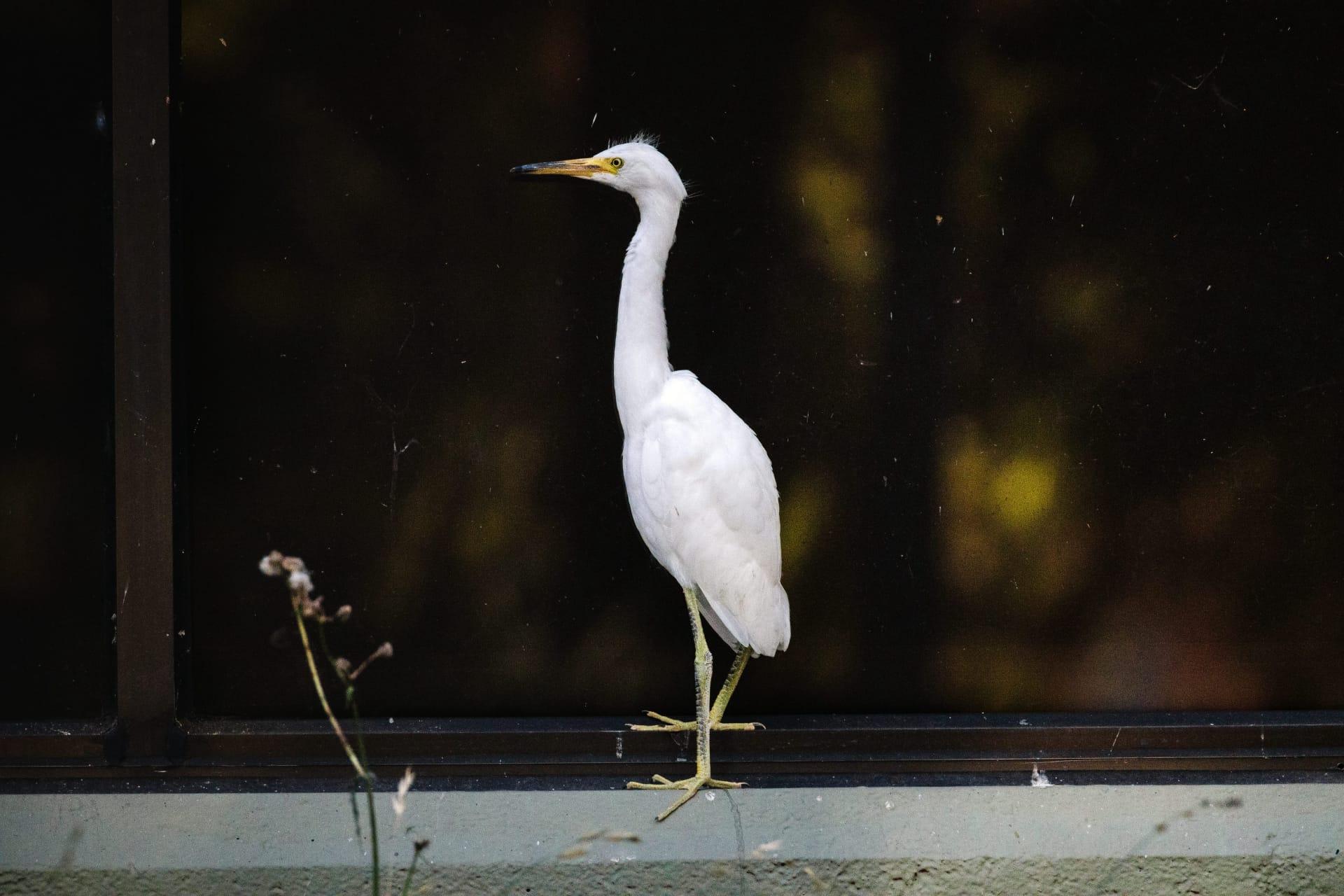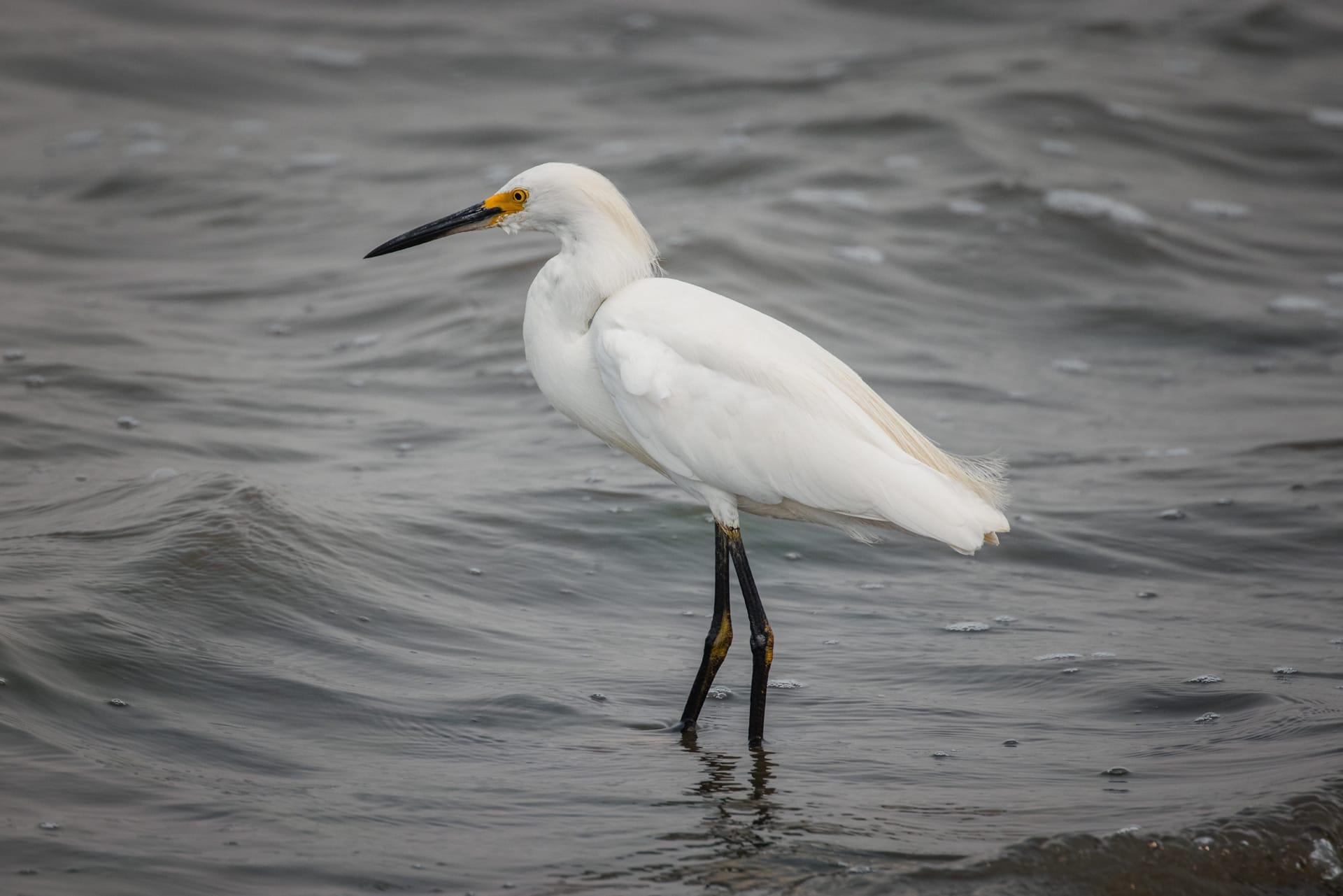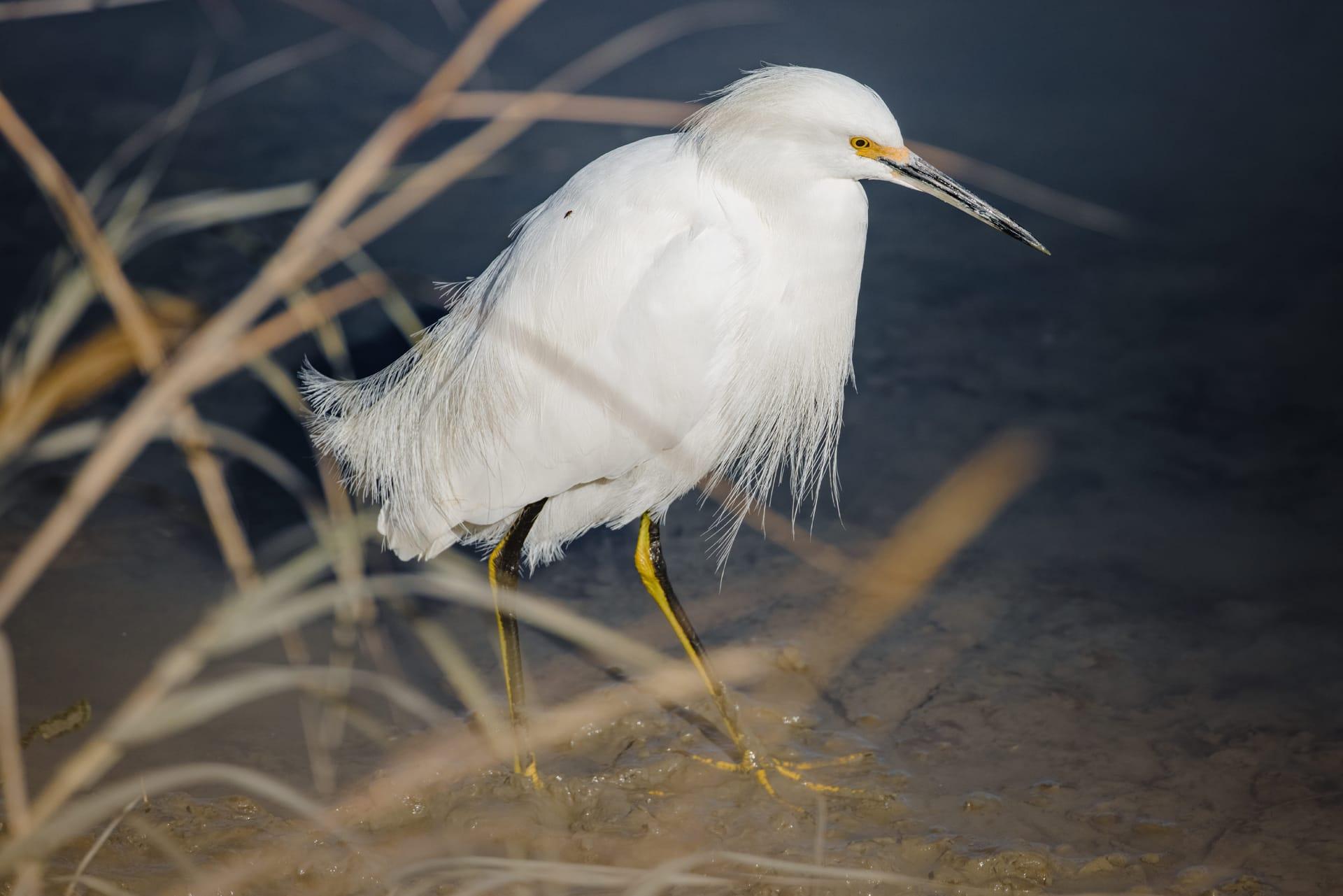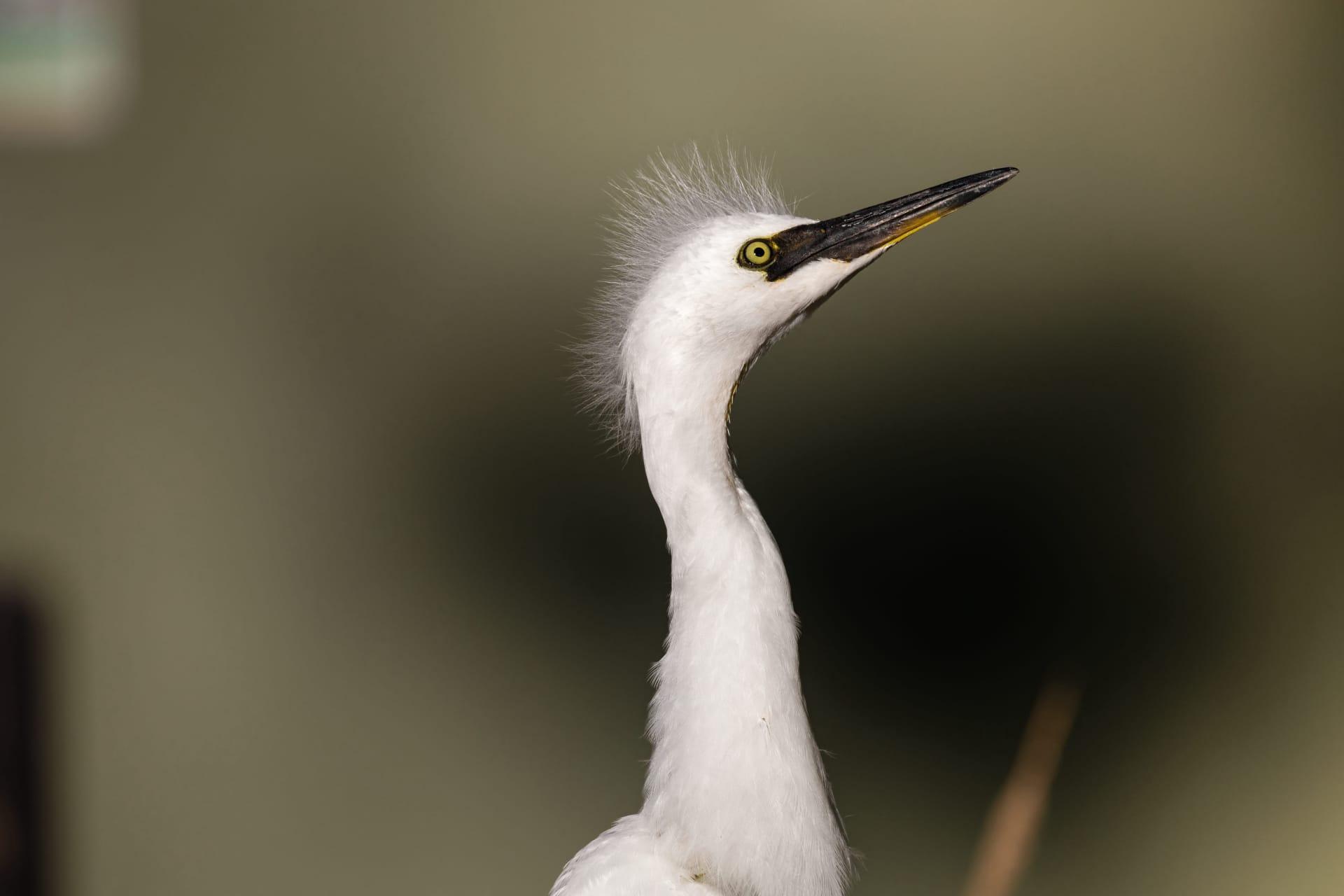1
Heron species exhibit remarkable diversity in size. The smallest, the Little Heron, stands just about 16 inches tall, whereas the largest, the Goliath Heron, towers at an impressive height of up to 60 inches. This range in size is not just for show; it's closely related to their habitat and hunting methods. Smaller herons tend to hunt smaller fish and insects in shallower waters, while larger species, like the Goliath, can wade into deeper waters to catch larger fish and amphibians.
Heron's necks are a marvel of nature. They have a special adaptation in their cervical (neck) vertebrae, which allows them to strike with lightning speed and precision. This unique 'S' shaped curve gives them a spring-like mechanism, enabling them to thrust their long beaks forward with rapid acceleration to catch fish. Surprisingly, despite their long and slender necks, they're incredibly strong and can catch and hold onto slippery and wriggling fish with ease.

2
Herons have a unique way of shading the water with their wings to create shadow, which helps them see and catch fish more efficiently. This behavior, known as canopy feeding, is quite a sight. By casting a shadow, herons reduce the glare on the water's surface, making it easier to spot their prey. Some species, like the Black Heron, are particularly famous for this method, often creating a complete umbrella over their heads with their wings.
Did you know that herons can sleep while standing on one leg? This quirky behavior is actually a clever adaptation for conserving body heat. By tucking one leg up close to their body, they reduce the amount of heat lost through their unfeathered legs. This is vital for these birds, especially those living in colder climates or during chilly nights.

3
Herons don't just use their beaks for catching food; they are also excellent tools for grooming. These birds are equipped with a specialized claw on their middle toes, known as a pectinate claw, which they use like a comb to preen and maintain their feathers. This grooming is crucial for herons, as clean and well-aligned feathers ensure efficient flight and insulation.
Another fascinating fact about herons is their migration behavior. While some species are sedentary, others undertake extensive migrations. For example, the Grey Heron can migrate over 1,000 kilometers between its breeding and wintering grounds. These migrations are not just about seeking warmer climates but also about finding the best habitats with abundant food supplies, essential for their survival.

4
Herons have a diverse and varied diet, which is much more than just fish. Depending on the species and habitat, their diet can include insects, amphibians, reptiles, small mammals, and even other birds. This adaptability in diet is key to their survival in different environments. For instance, the Green Heron has been observed using bait, like feathers or insects, to lure fish, demonstrating remarkable intelligence and adaptability.
Parenting in herons is a shared responsibility. Both male and female herons take part in building the nest, incubating the eggs, and feeding the young. Their nests are often large and made of sticks, situated high in trees or reeds. This cooperative approach not only ensures the safety and warmth of the eggs but also provides constant nourishment and protection for the hatchlings, increasing their chances of survival.

5
The color change in herons during the breeding season is quite dramatic. Many species develop brighter and more vibrant plumage, and some even grow special feathers called plumes or aigrettes. These changes play a crucial role in their mating rituals, as they display these features to attract mates. The Great Blue Heron, for instance, showcases striking blue-gray plumage with longer feathers on its head, neck, and back during the breeding season.
Herons are known for their quiet and solitary nature, but they can be quite vocal during the breeding season. They make a variety of sounds, from deep croaks to high-pitched calls, especially in their nesting colonies. These sounds serve as communication between mates and as a warning to other birds invading their territory. It's a fascinating contrast to their typically silent hunting behavior, highlighting the complexity of their communication and social interactions.